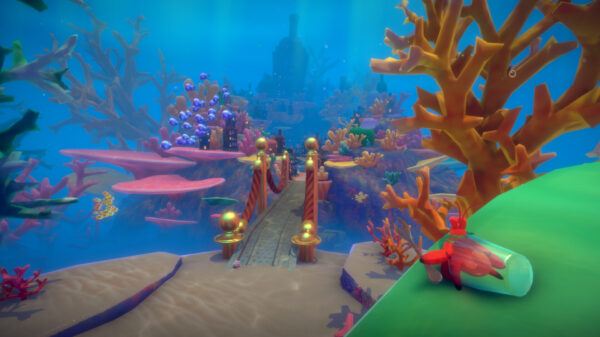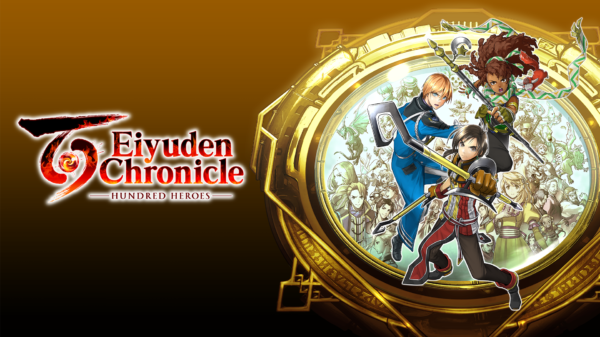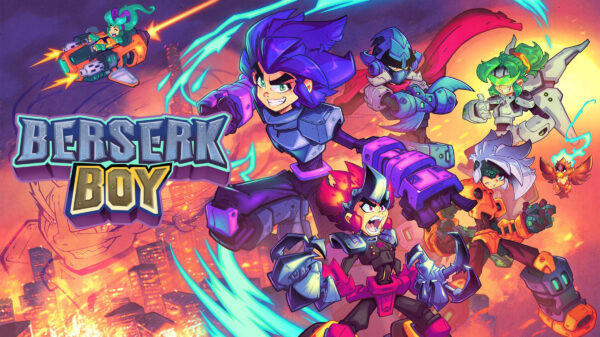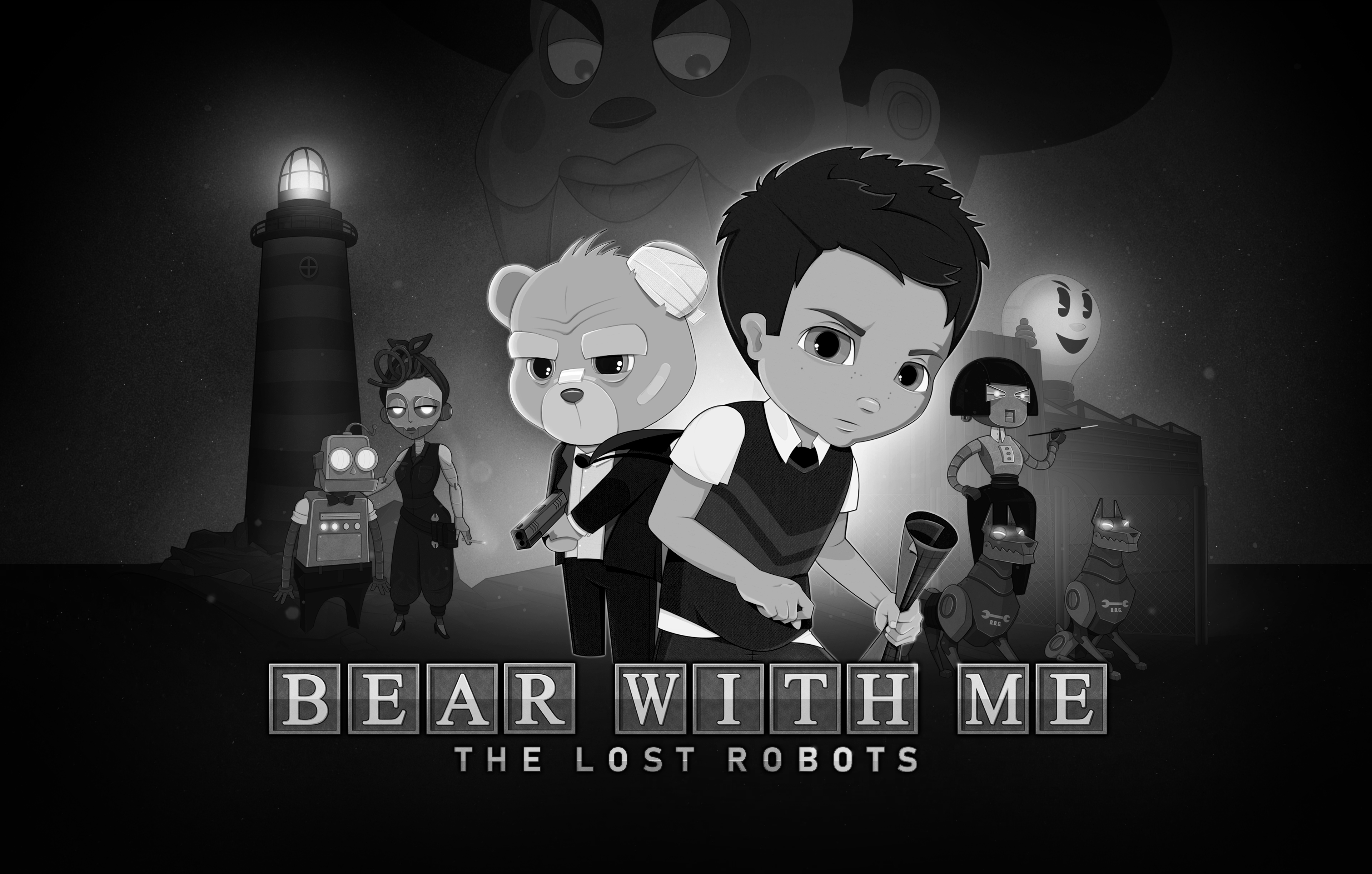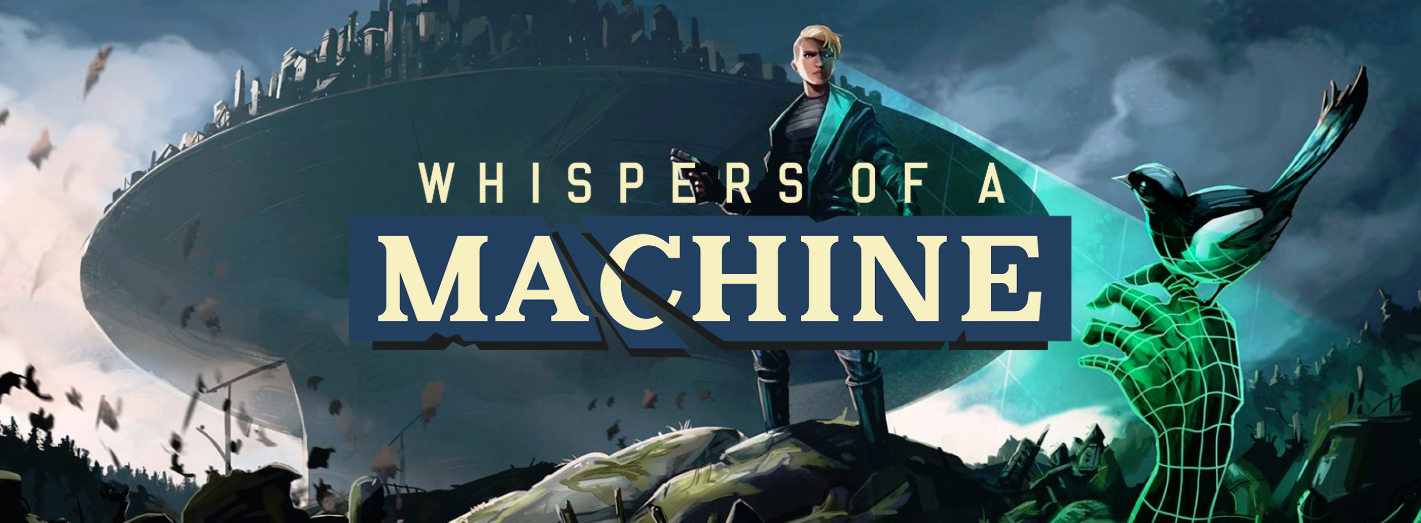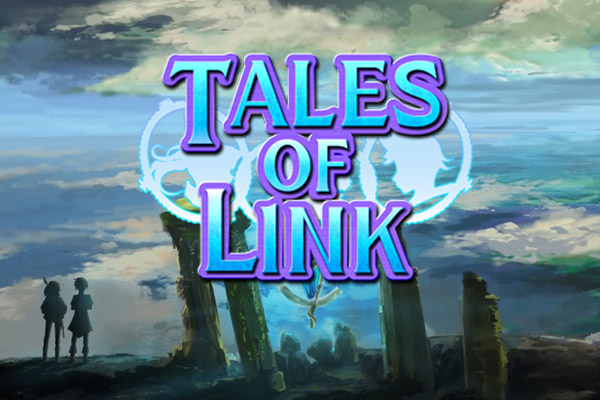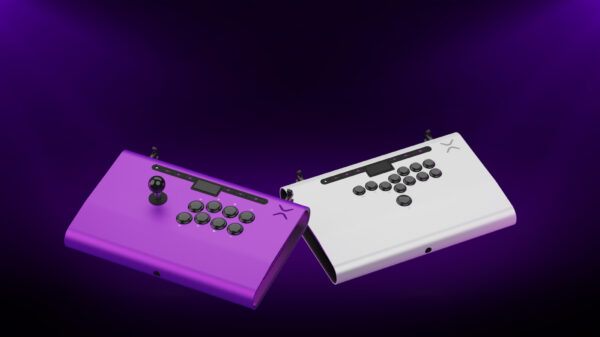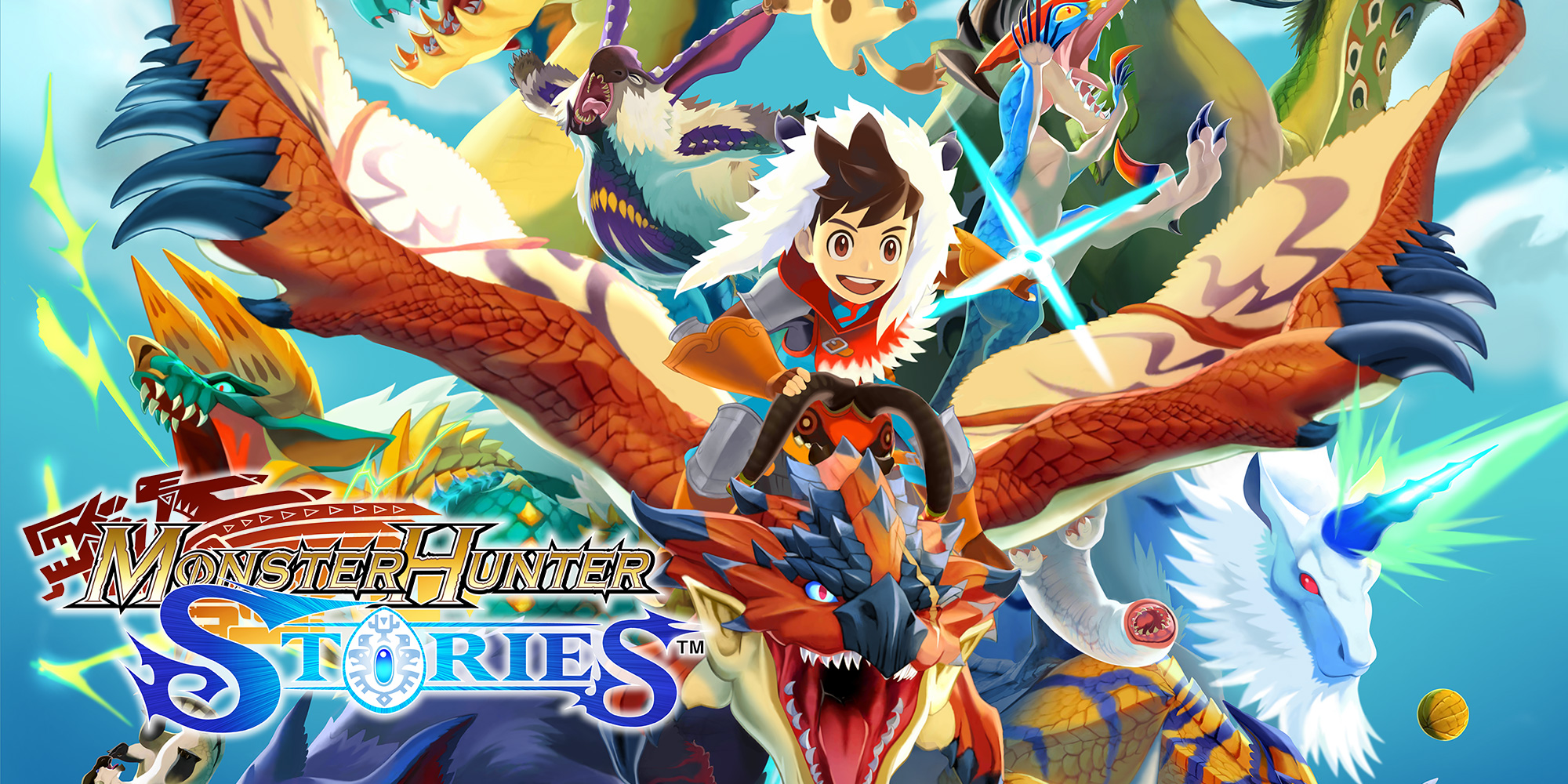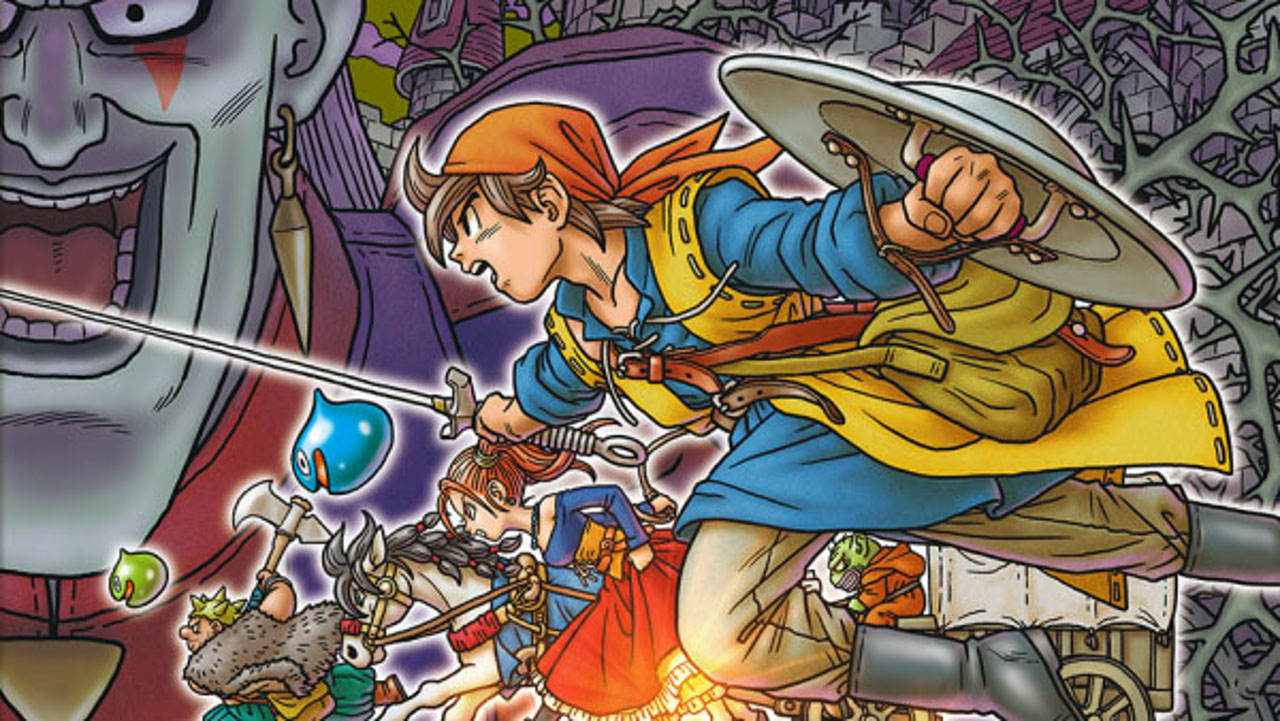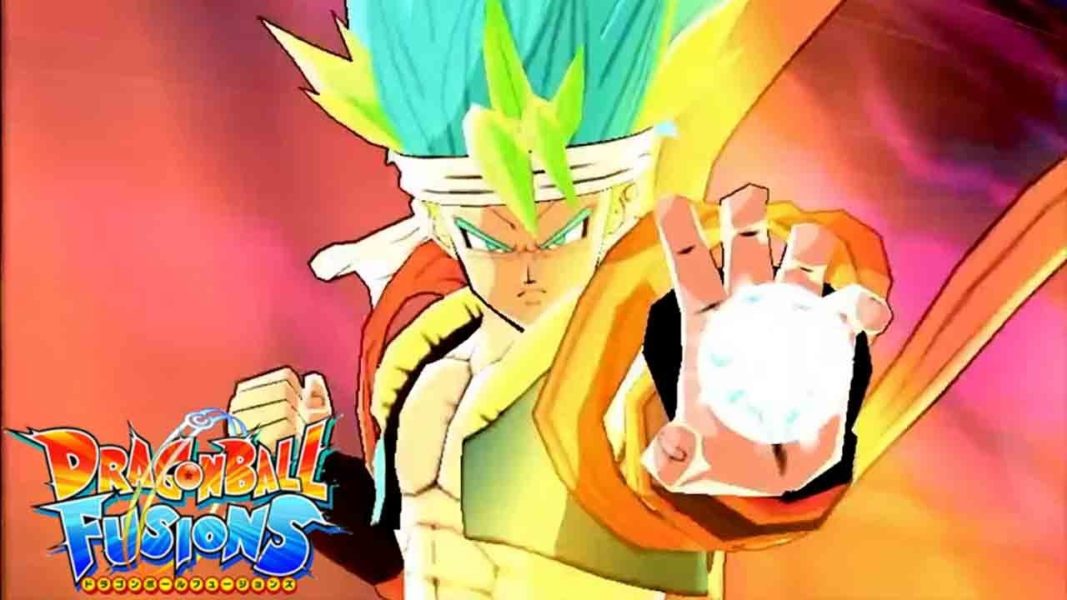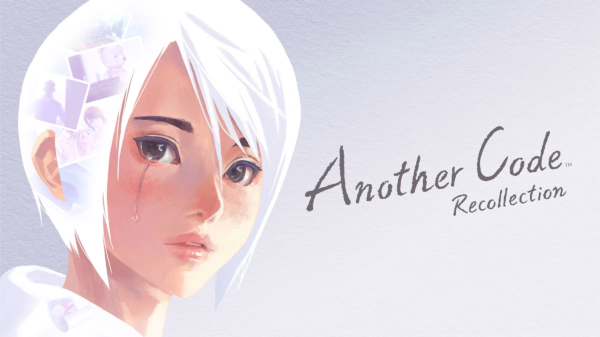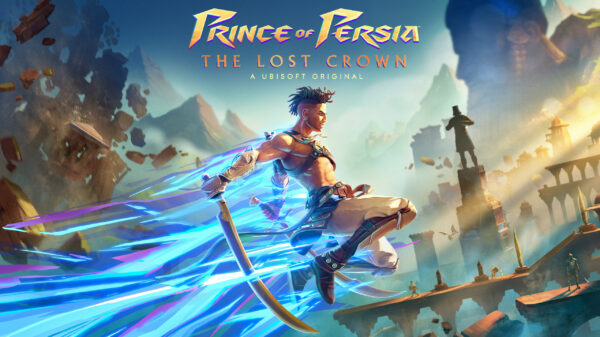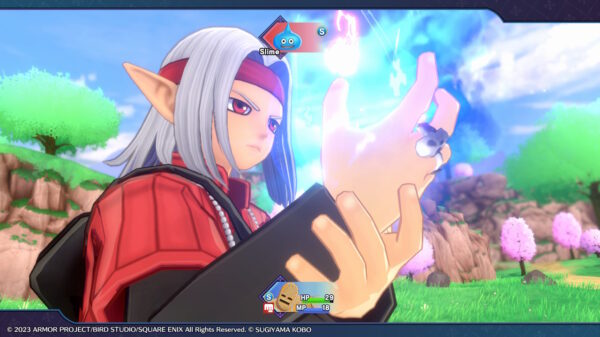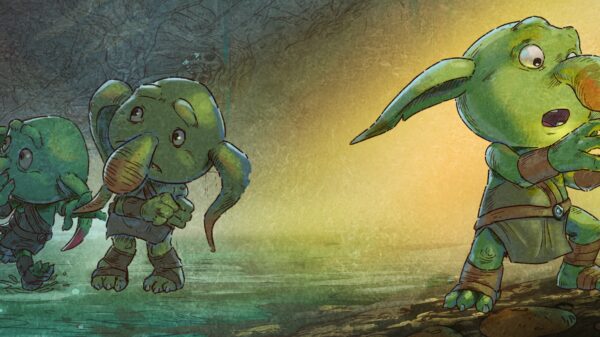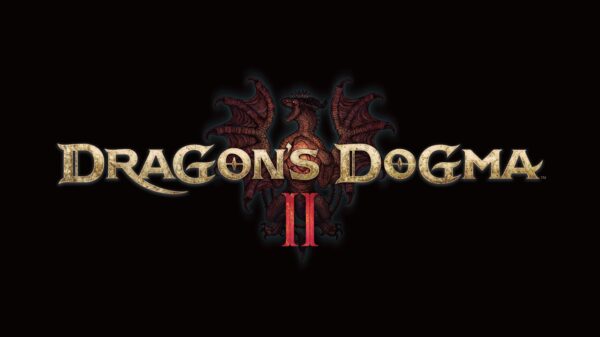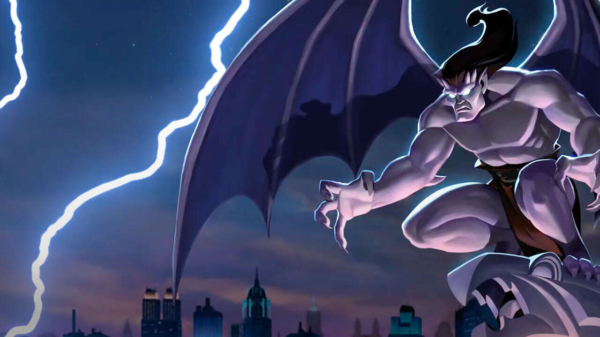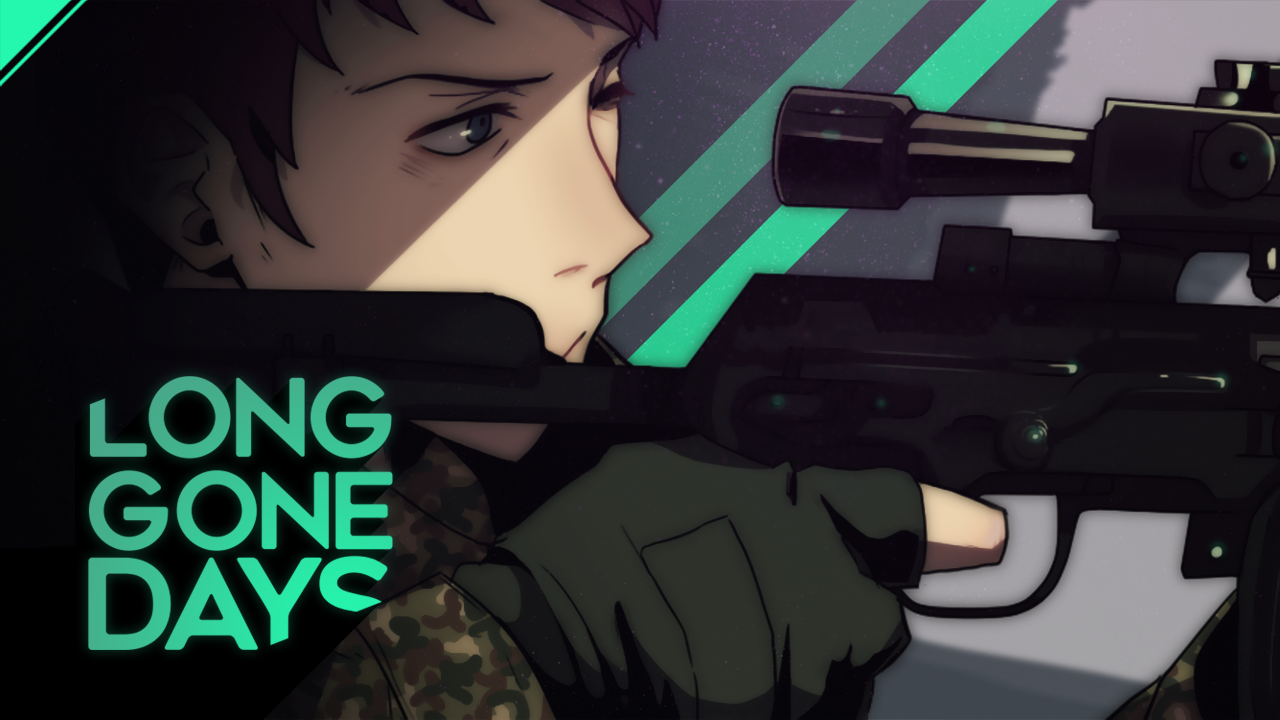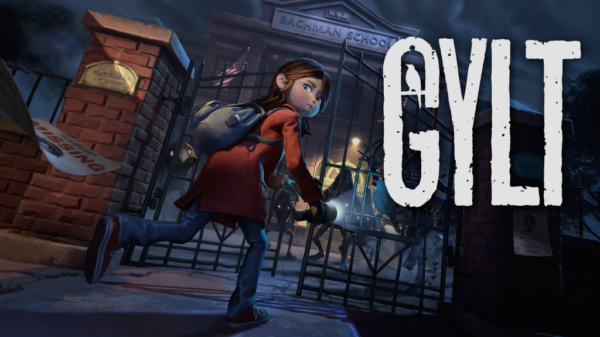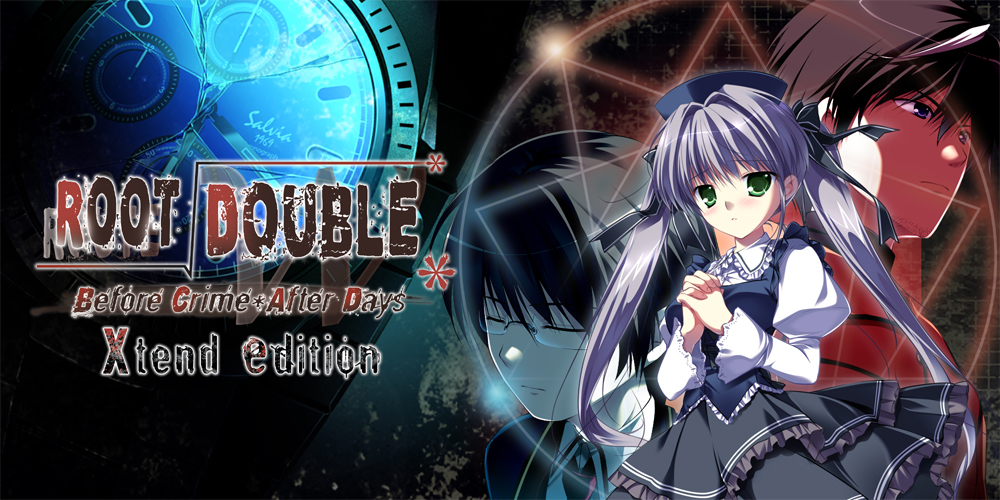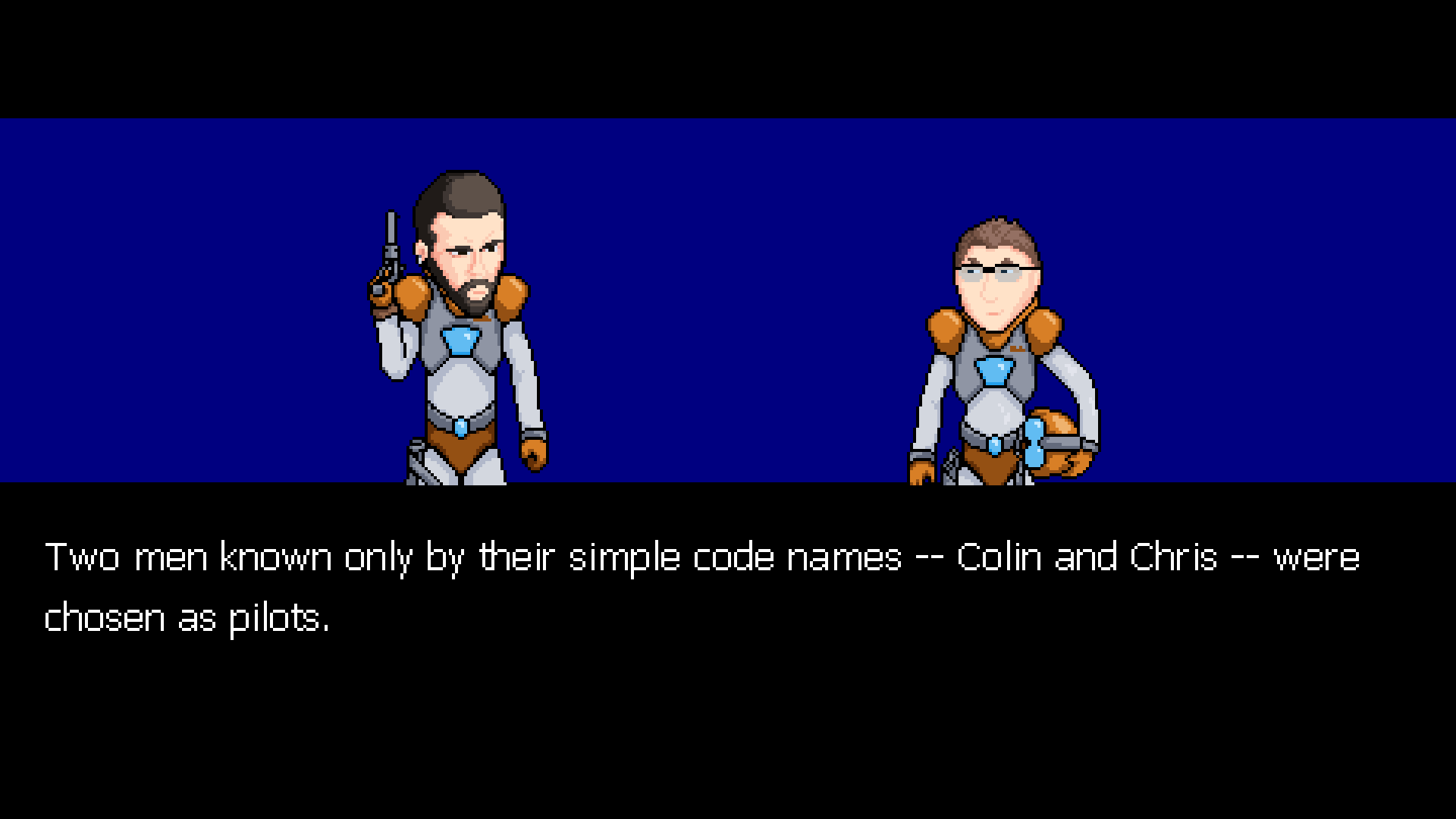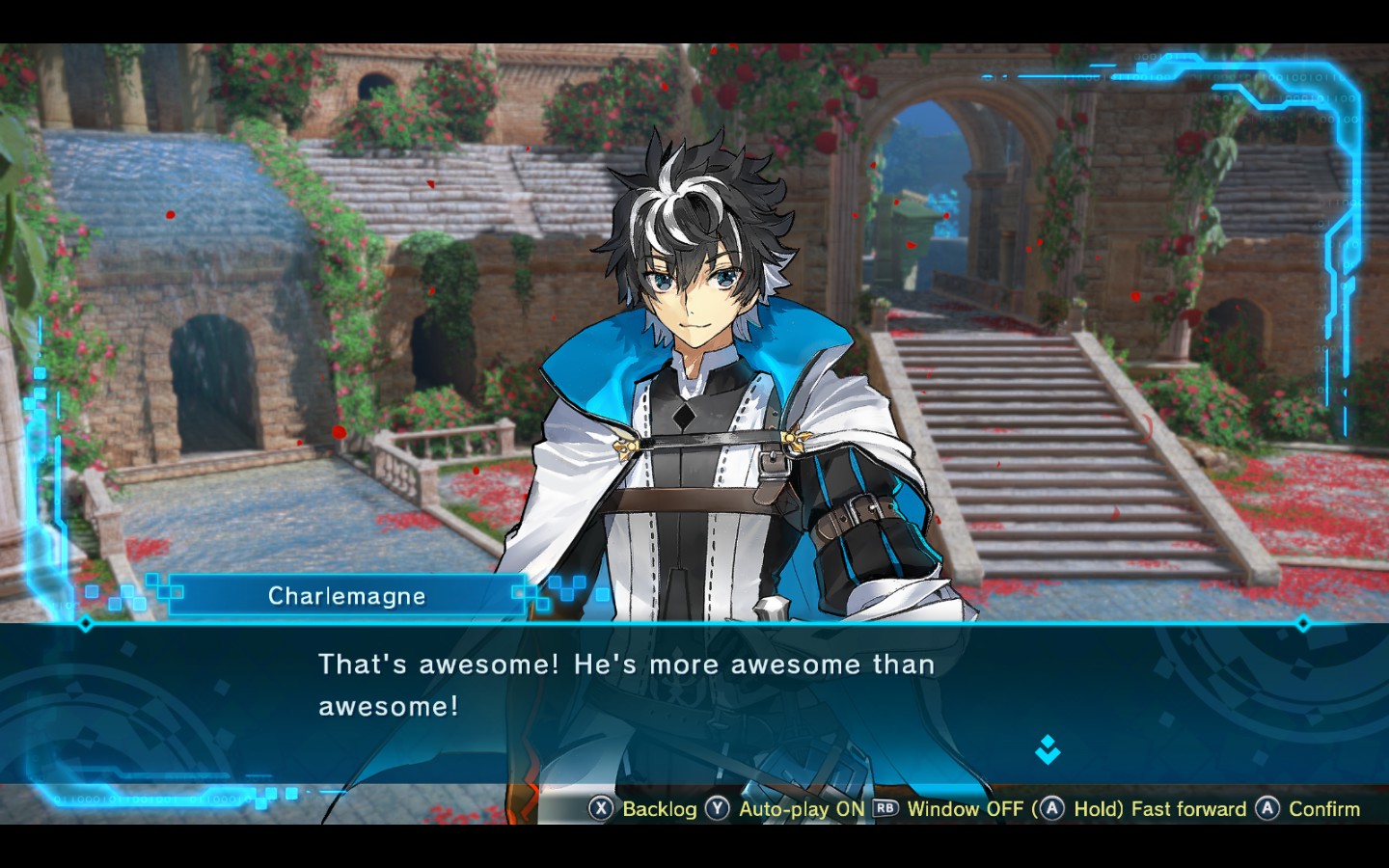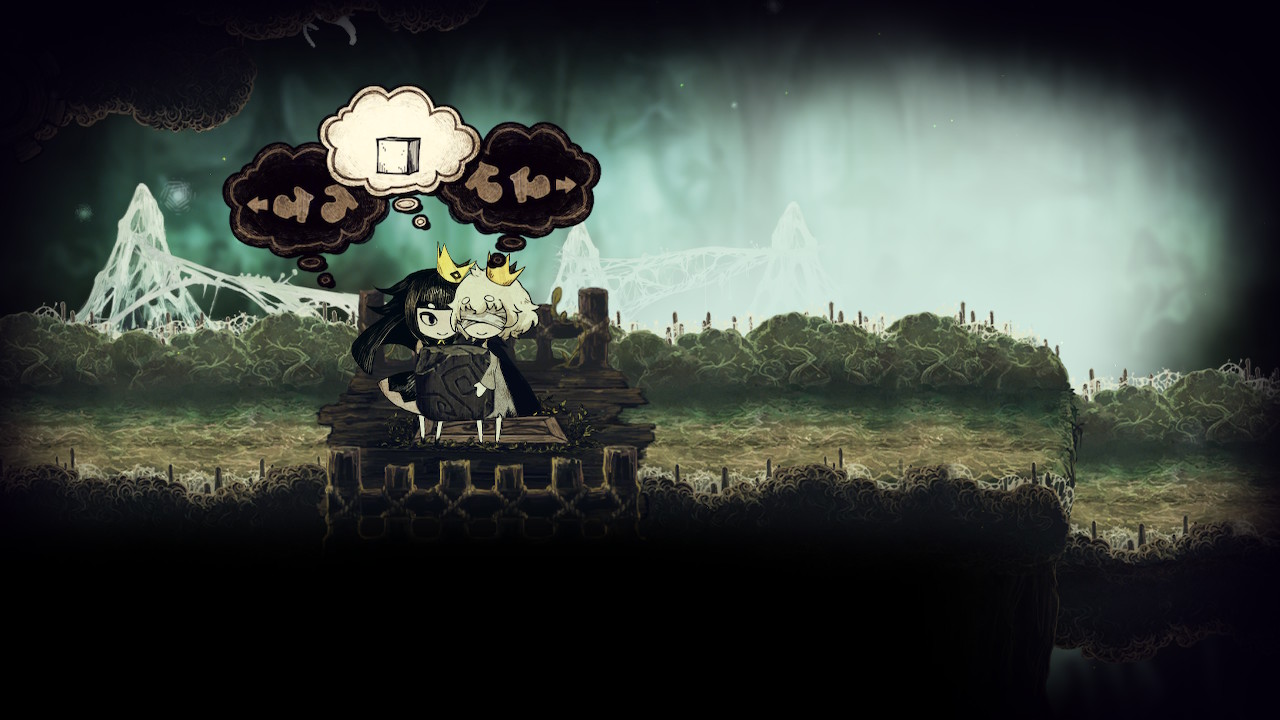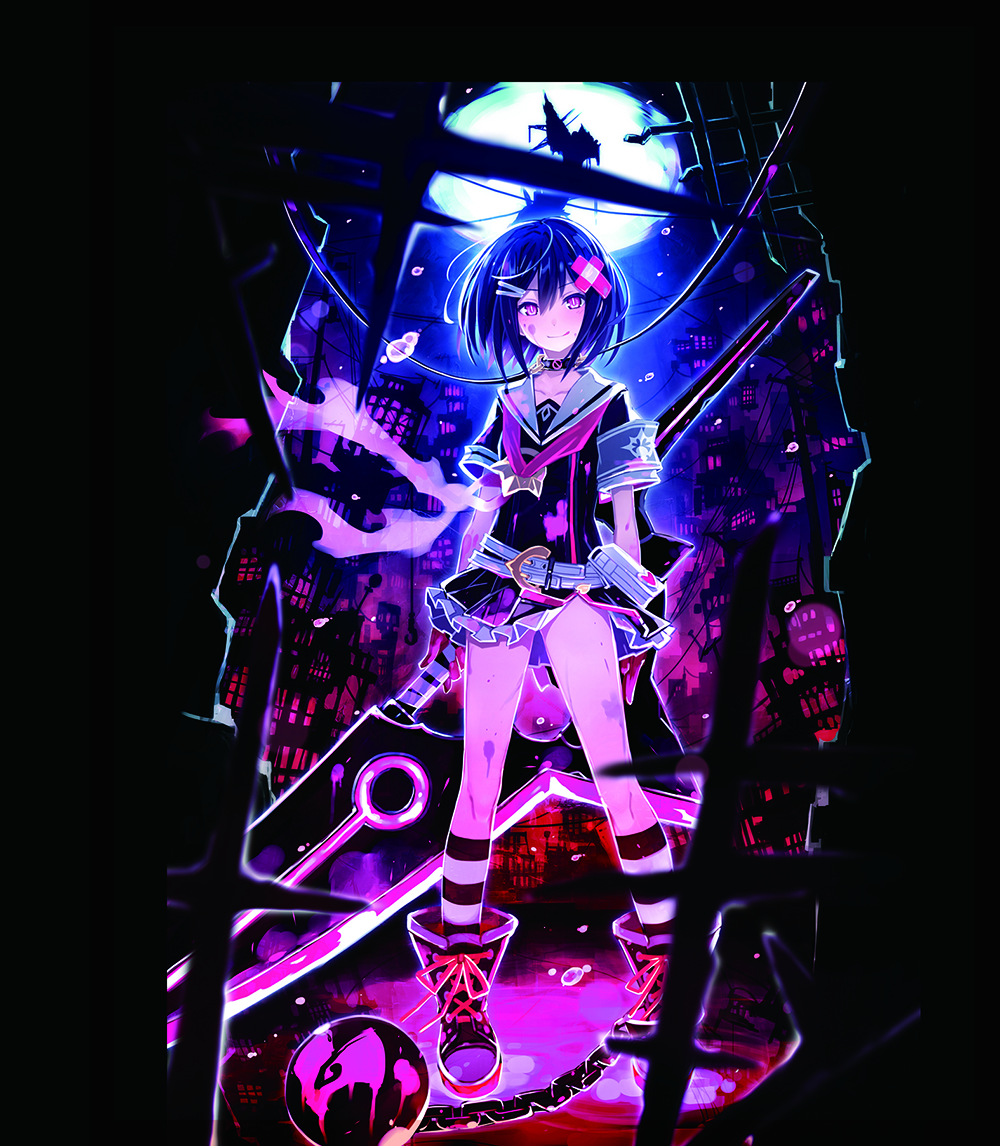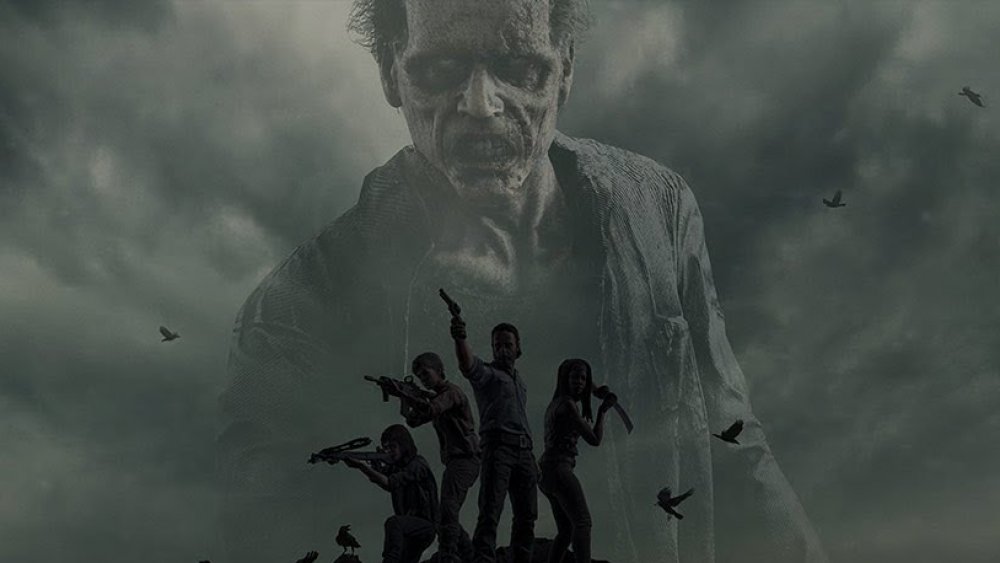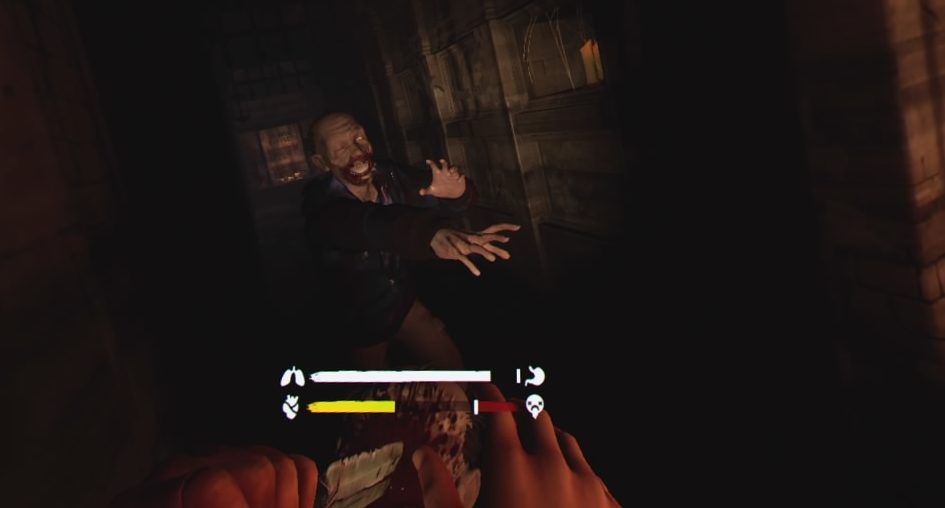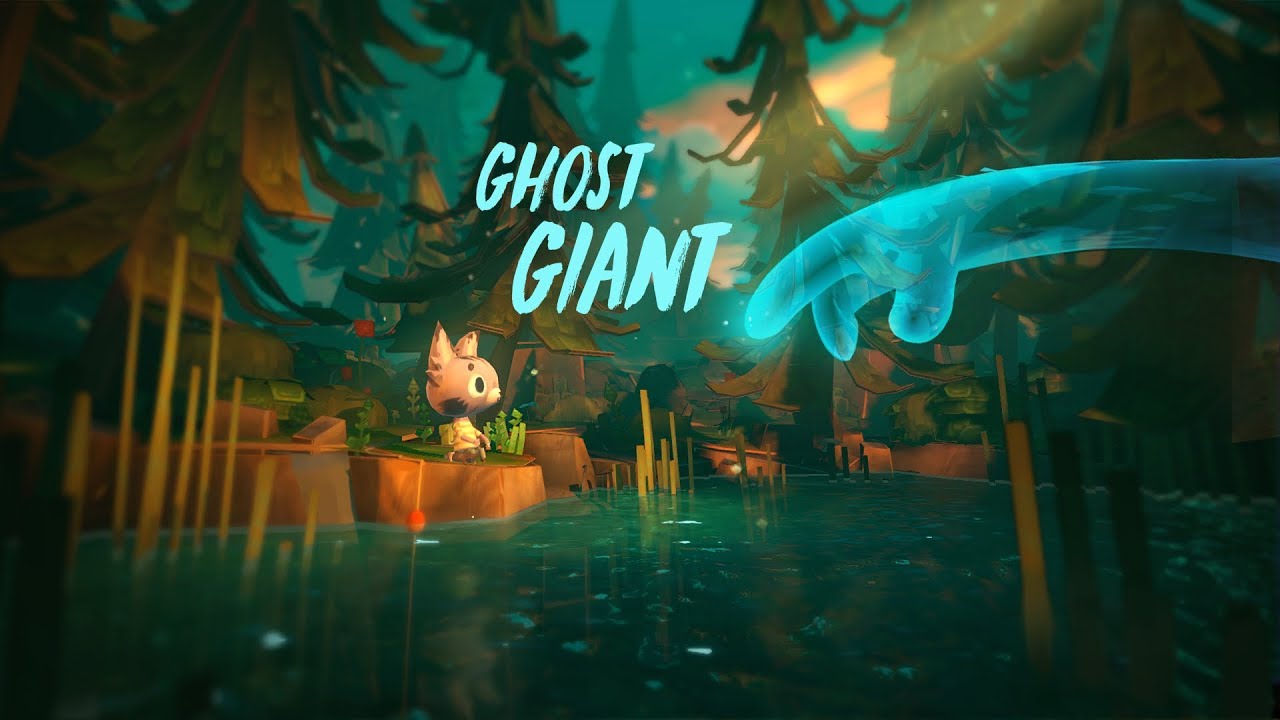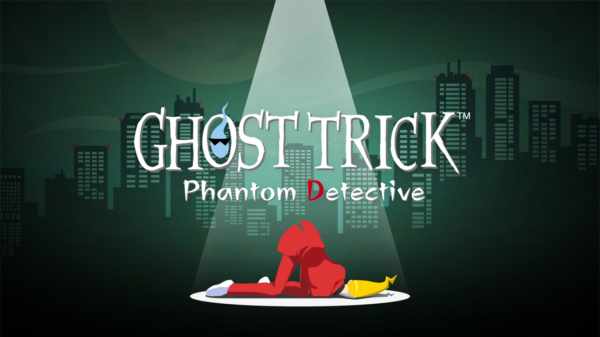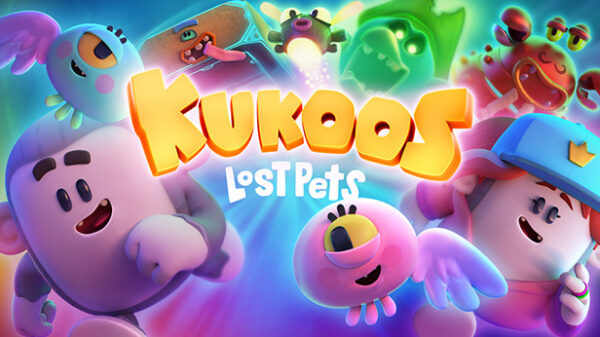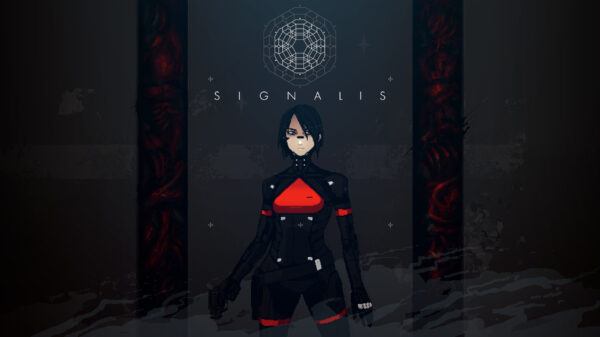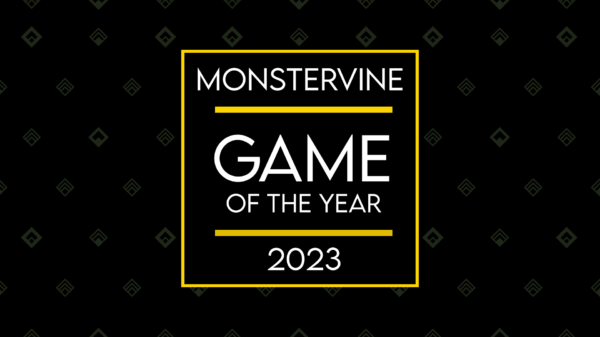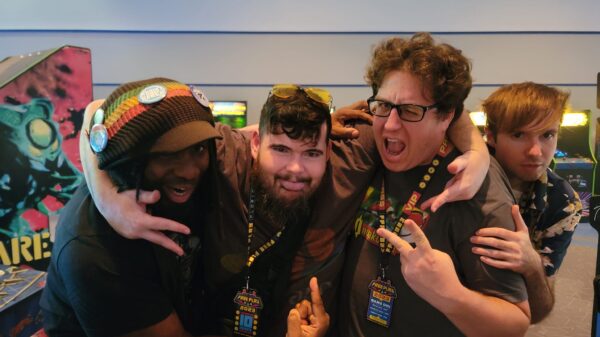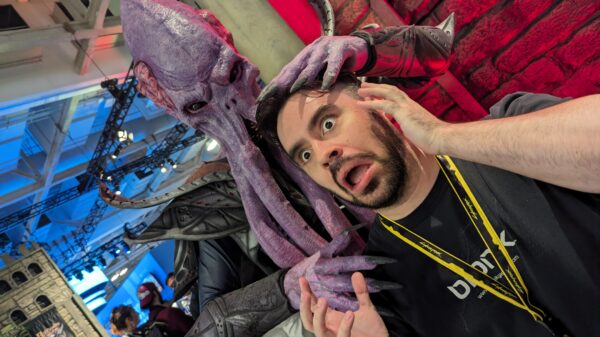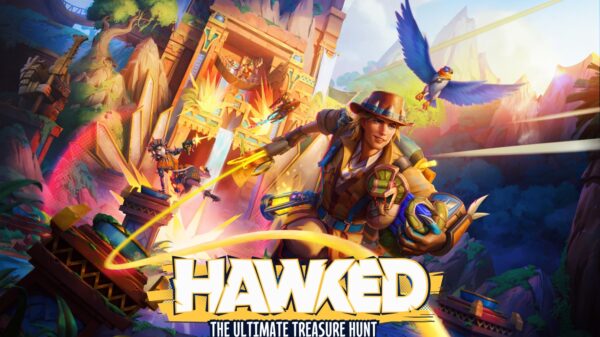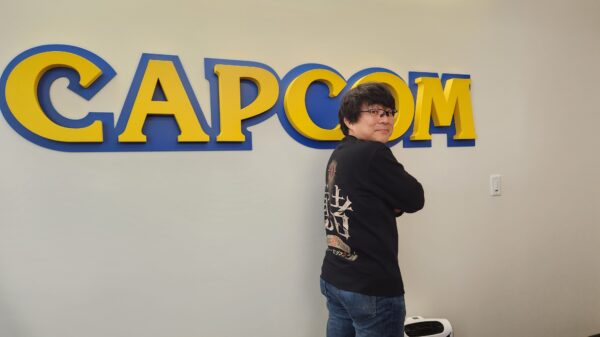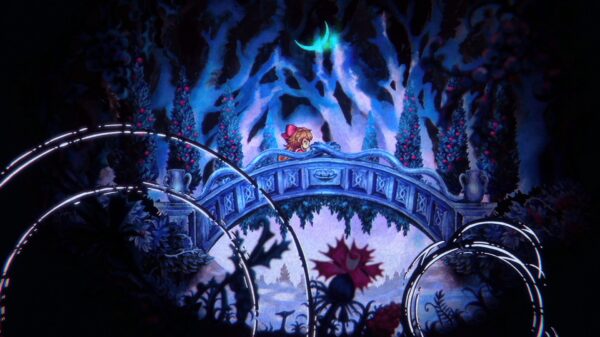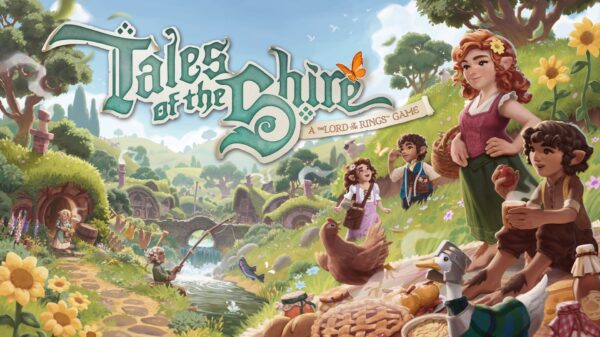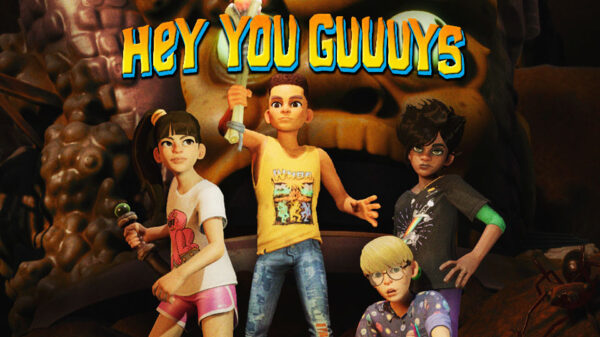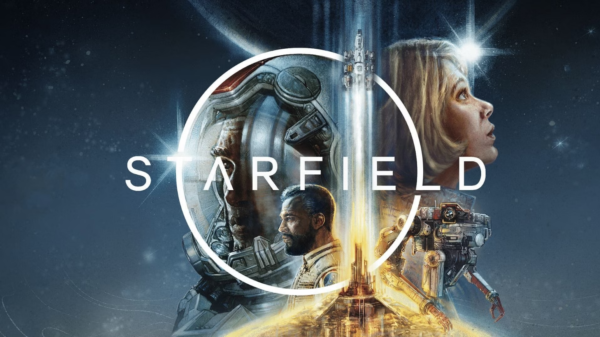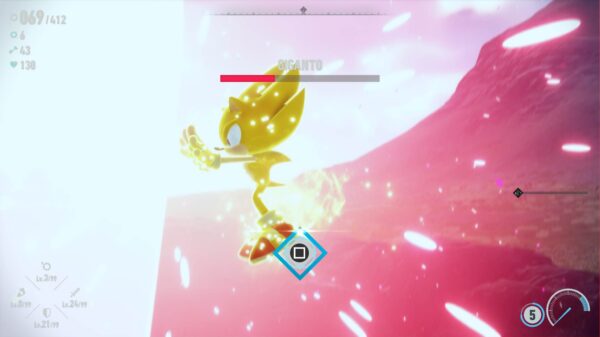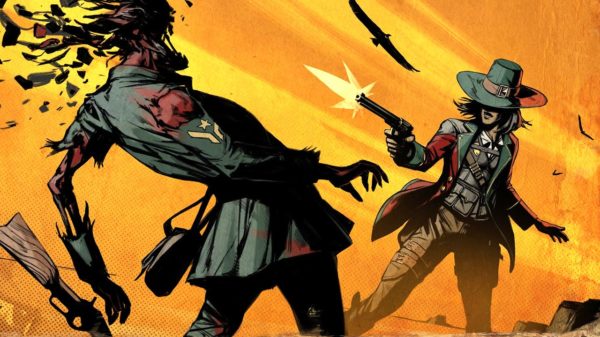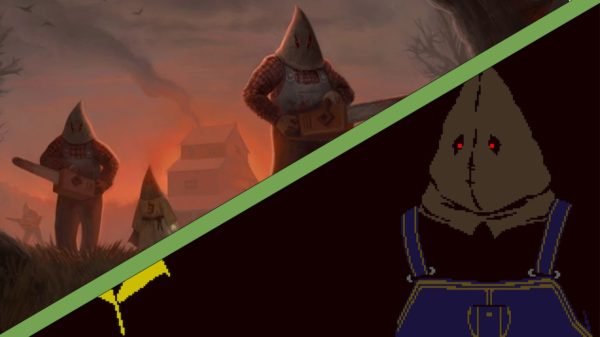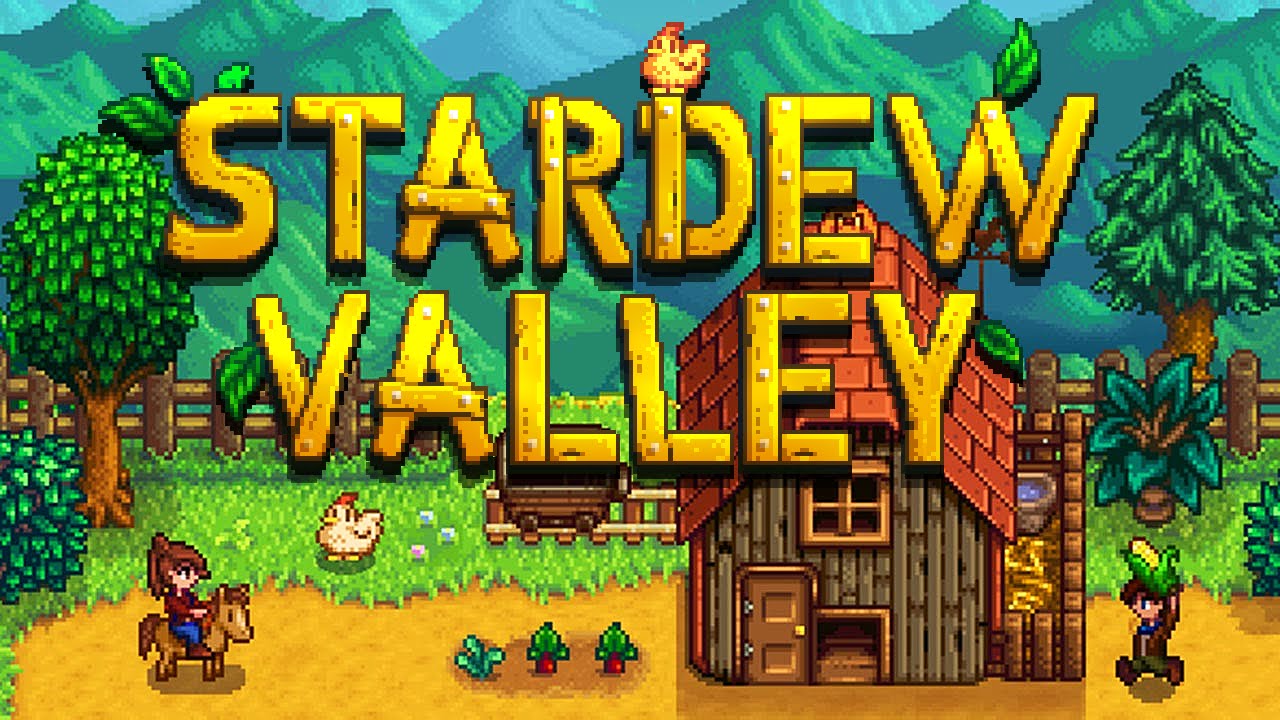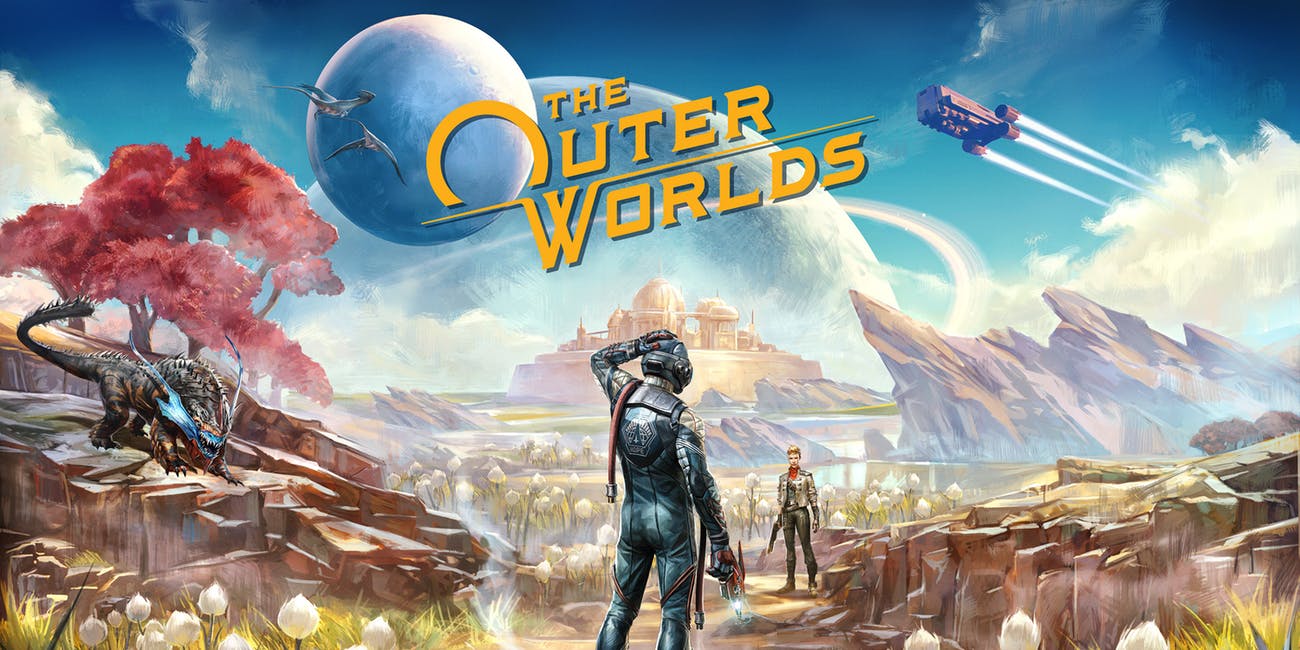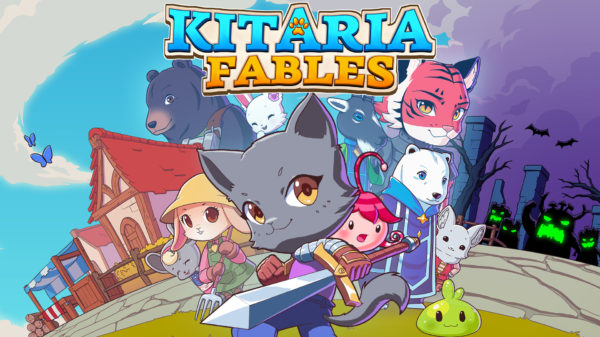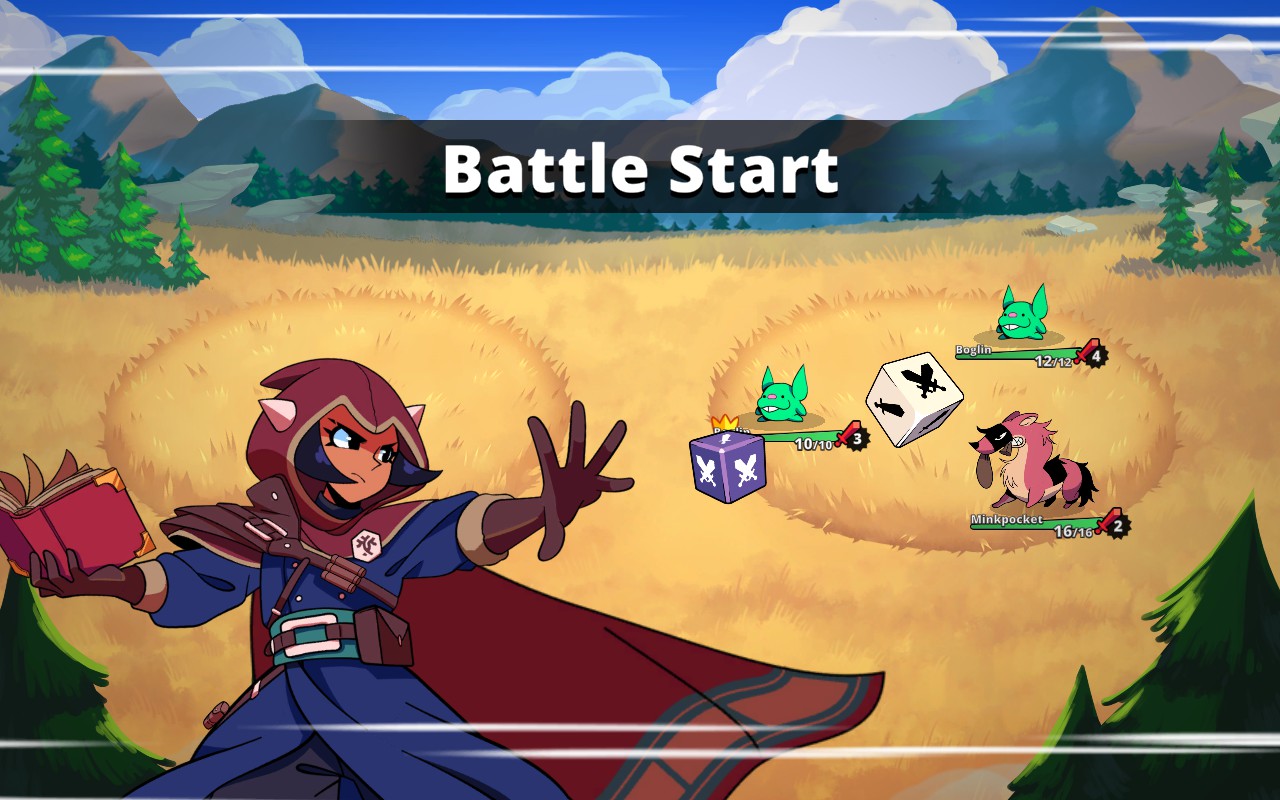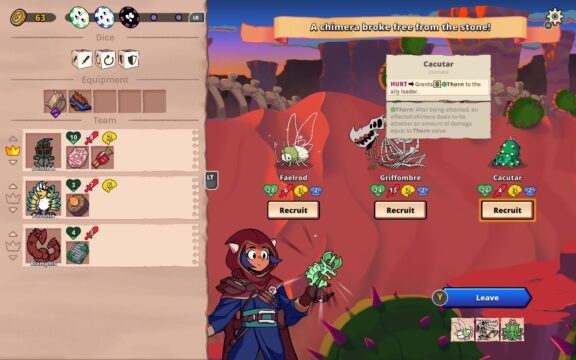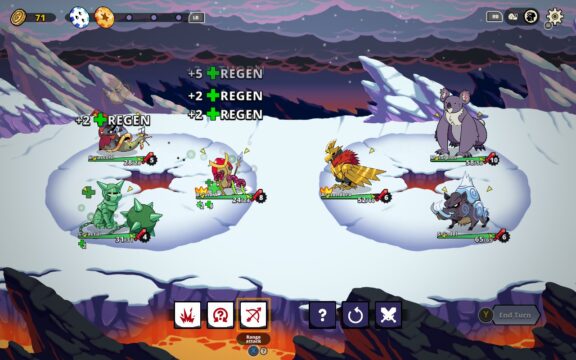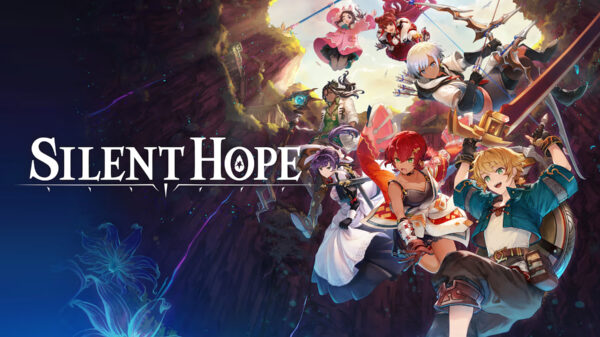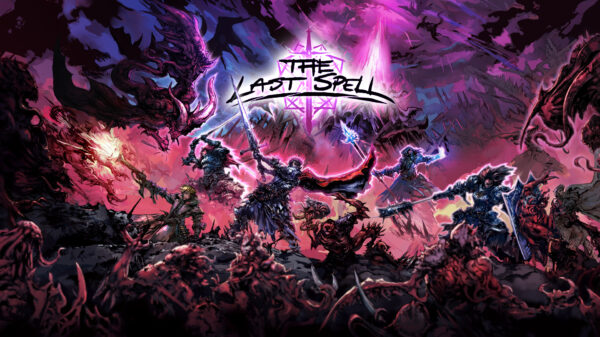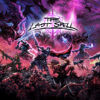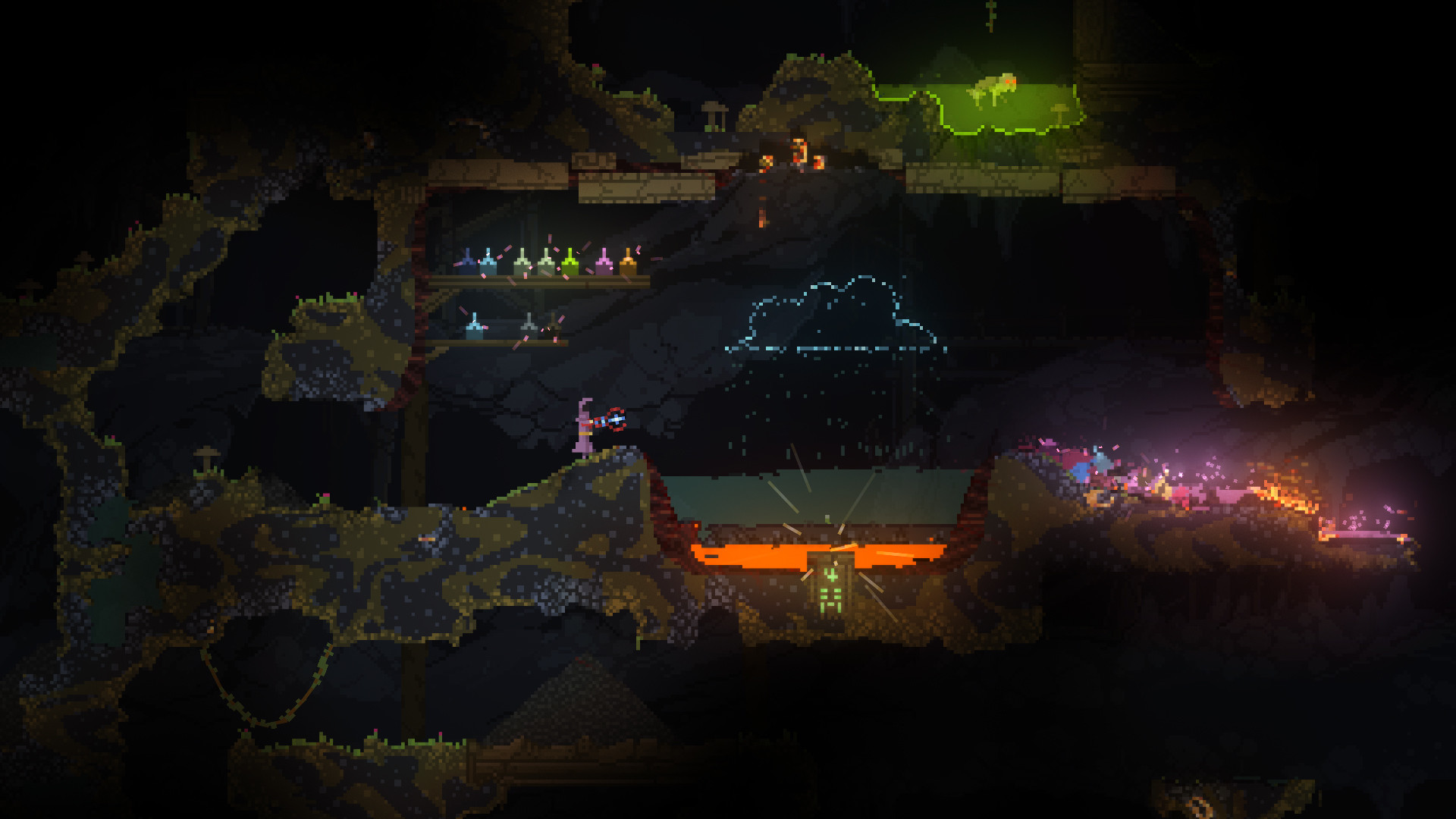We’re hitting a point where the roguelike genre has become so saturated we’re beginning to expect the same thing from every game. Dicefolk might as well be Slay the Spire with a group of three instead of one, and with dice instead of cards. My first run went well and I was pretty annoyed that I had drawn yet another roguelike game with nothing new or interesting about it. Then the second run happened and it all started to click. I started digging into the rotation system, replacing die with new die faces, and finding complimentary chimeras, suddenly I was having a lot of fun. Billing itself as a monster-catching roguelike does Dicefolk a disservice, especially for those of us who find games like Pokemon dreadfully boring. Instead, I was delivered a roguelike with some familiarity but crucially, an interesting way to view turn-based combat.
Dicefolk
Developer: LEAP Game Studios, Tiny Ghoul
Price: TBA
Platforms: PC (reviewed)
MonsterVine was provided with a PC code for review
Boasting over 100 chimeras, Dicefolk’s combat has some versatility to it. Each chimera has a passive ability they bring into combat that contributes to their overall viability in a team. Some passive abilities are as simple as attacking the enemy leader when your leader attacks, some debuff enemies when your team or the enemy team rotates their monster circle thing, the chimeras you get can make or break a team composition for your run. Each run consists of 3 biomes that each have 3 chimera statues. As you visit them the statues break and a chimera is revealed. If you choose to take it with you, the other two statues disappear, so the best option is usually to visit all 3 statues before making your decision. Find all 3 and you can choose from all of them. You’re also able to collect chimeras from the scrollmaster, who appears to draw chimeras and sell them to you for a price.
No matter how many chimeras you run into throughout the run, you’re only allowed 3 in your party and no spots for reserve. I approached composition focusing on passive abilities innate to the chimera then maximum HP/Strength. Dicefolk is very approachable and straightforward, for the most part. Strength is how much damage you do with damage abilities and your HP is just hit points. Some chimera use mana to trigger their abilities and only get so many mana points per battle. Others have debuffs or damage dealt based on their intelligence. Equipment can be triggered using something called activation. There’s depth to the combat system but a familiarity that makes it so approachable.
Once you’re in the battle, things can get a little wacky. Each team is given 3 dice and you can play them out in whatever order you want. This will play into your strategy a bit as each chimera has a different strength and deals a different amount of damage. If you’re lucky, they’ve rolled a rotation face and you can rotate the higher strength enemies away for lower strength ones. Battles can also be altered by chips you can purchase or find that do things like heal the team, poison the enemy leader, or even reroll all unused dice. Dicefolk walks a fine line between new concepts and familiar ones and the blend makes the moment-to-moment gameplay approachable.
When starting a new game, the starting chimera as well as the chimera you’re most likely to run into throughout the run is determined by choice of talisman. Warrior, Storm, Wrath, and Pain talisman each provide a different set of chimera and you’ll need to beat the third boss on a run with each talisman to unlock Trial Mode as well as the real ending. Trial mode adds modifiers to the run like allowing the player to reroll their dice once per turn but gives the enemy an extra die. That modifier humbled me. There were battles where the enemy would roll two idles and I had a treat of a round, but boss battles come around and you’re just swimming in damage. Blazing through normal games had me feeling like I was King Shit, but that first modifier absolutely put me in my place.
Graphically, Dicefolk resembles a flash game. Scene transitions are slow and animation-light. Chimera designs are light and flat, though very consistent and adorable. The UI design fits very well with the game and is both unobtrusive and snappy, I also really love the look of the dice. The sound design is nothing spectacular and while the music fits with the game, it is absolutely nothing to write home about. Dicefolk is a very combat-heavy and gameplay focused game and it’s clear that’s where the developers prioritized their time.
What initially started as a surely forgettable experience turned into a game I was really happy to have reviewed. Not only is Dicefolk a really fun roguelike, but it also works flawlessly on the SteamDeck. I didn’t even play it on my PC at all. And truthfully, this is a great game to have on the go, like many roguelikes.
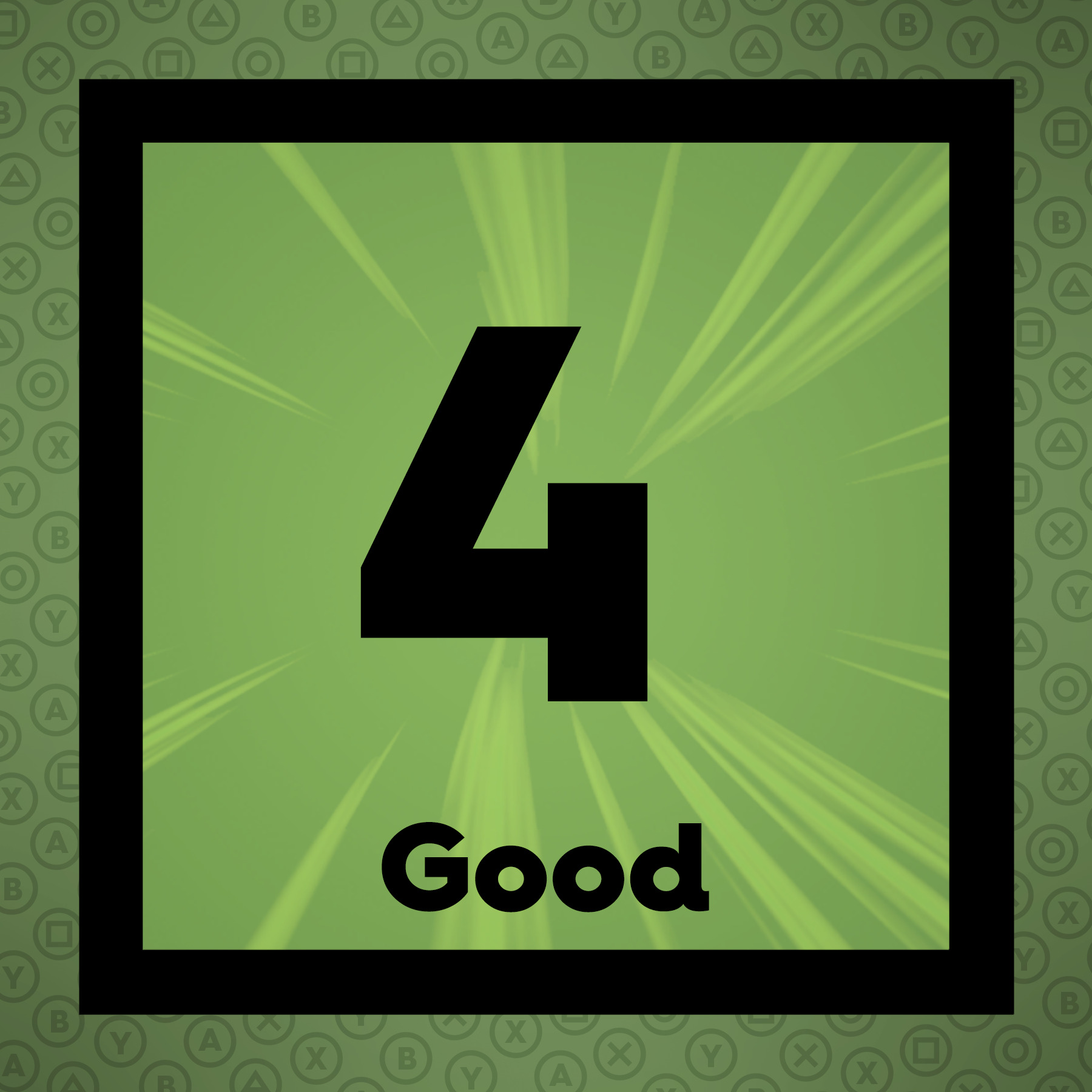 The Final Word
The Final Word
With fun turn-based combat, enough strategy development and random elements outside of combat, and a decent primary objective, Dicefolk refines an existing genre to make something both unique and recognizable. Dicefolk isn’t just for genre fans, it’s a very enjoyable game all around, especially if you dig turn-based combat.
MonsterVine Rating: 4 out of 5 – Good

